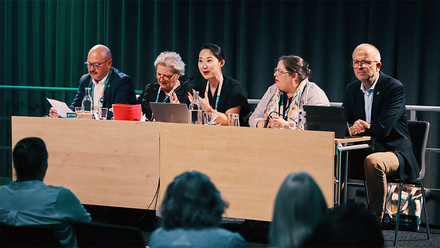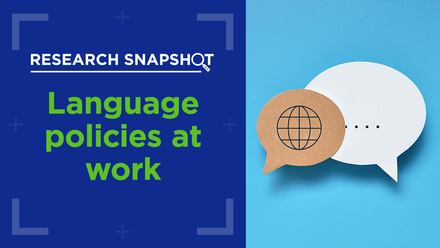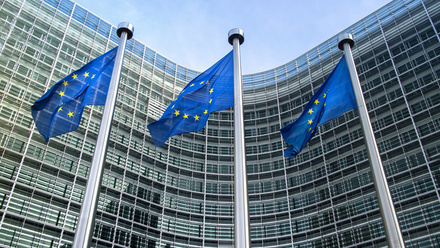Global sustainability rankings: what they are and what they could be

Over the past twenty years, global university rankings have been a key feature of the landscape of higher education. More recently, several international assessment tools have emerged which are focused on environmental sustainability and sustainable development, driven in part by the 2015 adoption of the United Nations’ 17 Sustainable Development Goals (SDGs), and partly by the desire of higher education institutions (HEIs) to be seen as engaged agents of change in tackling societal challenges head on. But what do such sustainability rankings measure, and are they truly helping move higher education towards a more sustainable future?
The purposes of sustainability rankings are to a) differentiate between HEIs globally through the lens of sustainability and sustainable development; b) provide another lens through which HEIs can bolster their credentials on the global stage; and c) entice participation from HEIs which are not included in the global rankings due to insufficient research, resources or other limiting factors. In doing so, revenue streams for rankers are augmented through consultancy, analytics, marketing and branding opportunities.
There are three major sustainability rankings which are particularly relevant to higher education today.
GreenMetric
Published annually since 2010, GreenMetric largely focuses on an assessment of campus operations and policies and aspects of education and research activities. The ranking is based on the conceptual framework of ‘environment, economy and equity’. Over the years, several methodological enhancements have been made to GreenMetric, including adding several new indicators to the ranking, which totalled 61 in the 2022 edition.
Times Higher Education Impact Ranking
The Times Higher Education Impact Ranking (THE-IR), published annually since 2019, aims to measure the extent to which universities are working towards fulfilling the SDGs. THE-IR combines research output metrics, continuous metrics (e.g., student and staff equity data), and an assessment of institutional policies (and their public availability). To be included in the overall ranking, institutions need to provide data on at least four SDGs, including SDG 17 (partnership for the goals).
QS Sustainability Rankings
First issued in 2022, the QS Sustainability Ranking (QS-SR) is designed to showcase how universities are taking action to tackle the world’s greatest environmental, social and governance (ESG) challenges. There are 38 separate metrics which feed into eight performance lenses. Each lens contains a combination of metrics, including data from QS reputation surveys, bibliometric data and information from other third parties.
Methodological construct and scoring
Although the three abovementioned sustainability rankings claim to measure the extent to which HEIs are advancing sustainability and addressing the SDGs, their methodological constructs differ considerably and measure a wide range of aspects. Some of the methodological nuances are briefly outlined below.
Definitions: Each ranking schema applies its own interpretation and measurement of environmental sustainability and sustainable development. Rankers use the term ‘sustainability’ generically and it is intertwined with a range of additional terms to make it authoritative.
Integration of SDGs in methodology: Whilst the construct of THE-IR is built around the SDGs (ie institutions have to provide response to specific activities by SDG). GreenMetric and QS-SR apply the SDGs to specific domains or through specific lenses.
Time-consuming exercises: Participation in global rankings require HEIs to allocate resources to prepare data submissions (where required), analysis and insights, and manage relationships with rankers. Over the years, the time and resources required to satisfy requirements for ranking assessments has increased exponentially.
Scoring: GreenMetric has the simplest scoring. Typically, the institution which scores highest across all domains of a ranking schema ranks first, considering normalisation and application of weighting criteria. This is also true for QS. However, THE-IR calculates their overall rank by combining an institution’s score in SDG 17 (partnership for the goals) with the top three out of the remaining SDGs for which data and evidence was submitted. An institution can rank first in THE-IR with zero values for up to 13 SDGs.
Stability in results: There is greater stability in yearly results in GreenMetric than THE-IR due to ongoing adjustments to methodology, including institutions being rated on different SDGs year-on-year. QS-SR has only been published once and it is too premature to ascertain if results are likely to be stable year-on-year.
Participation and uptake: Over the years, the number of HEIs participating in sustainability rankings has increased exponentially. The first edition of GreenMetric in 2010 included 95 HEIs and increased to 1050 HEIS in the 2022 edition. THE-IR had 462 HEIs for the first edition and 1406 in the 2022 edition. QS-SR launched in 2023 with 700 ranked HEIs.
Geographical spread in participation: GreenMetric has a lower proportion of participation of HEIs from North America and Western Europe compared to the other two ranking schemas. This is partly due to a lack of wider appeal to HEIs from high income countries to participate in GreenMetric. These HEIs have the greatest proportion of representation in the Times Higher Education World University Rankings, THE-IR, QS World University Rankings and QS-SR.
Practical improvements
In an article published in the Journal of Studies in International Education in 2023, I proposed several practical improvements for more relevant and useful sustainability rankings. For example, I urge rankers to release an annual statement that outlines how the results adhere to the Berlin principles on HEI ranking, and steps taken to address them where this does not occur.
It is spurious to compare HEIs across world regions with vastly different socio-economic, geopolitical and historical settings
I also argue that world university rankings, including those focused on sustainable development, need to be seen in context, and it is spurious to compare HEIs across world regions which have vastly different socio-economic, geopolitical and historical settings. Ultimately, sustainability rankings need to be regional rather than global. However, in their current incarnation, taking the following dimensions into consideration would strengthen global rankings:
- Geography (country, city), national policy settings, type of climate
- Institutional characteristics (classification, age, student and staff numbers, research intensity, revenue)
- Footprint (whether the institution operates in other regions or has campuses elsewhere)
- Institutional mission and disciplinary spread
Towards a fairer future
Despite their positive intentions, global rankings are not a level playing field. However, they can be made fairer if rankings are made and published on a regional scale and seen within relevant contexts. The various sustainability rankings provide a partial view of the efforts of HEIs regarding sustainability and sustainable development, but they need to develop better and more meaningful measures with clearer definitions in order to truly help HEIs on the road to sustainability and the SDGs.






